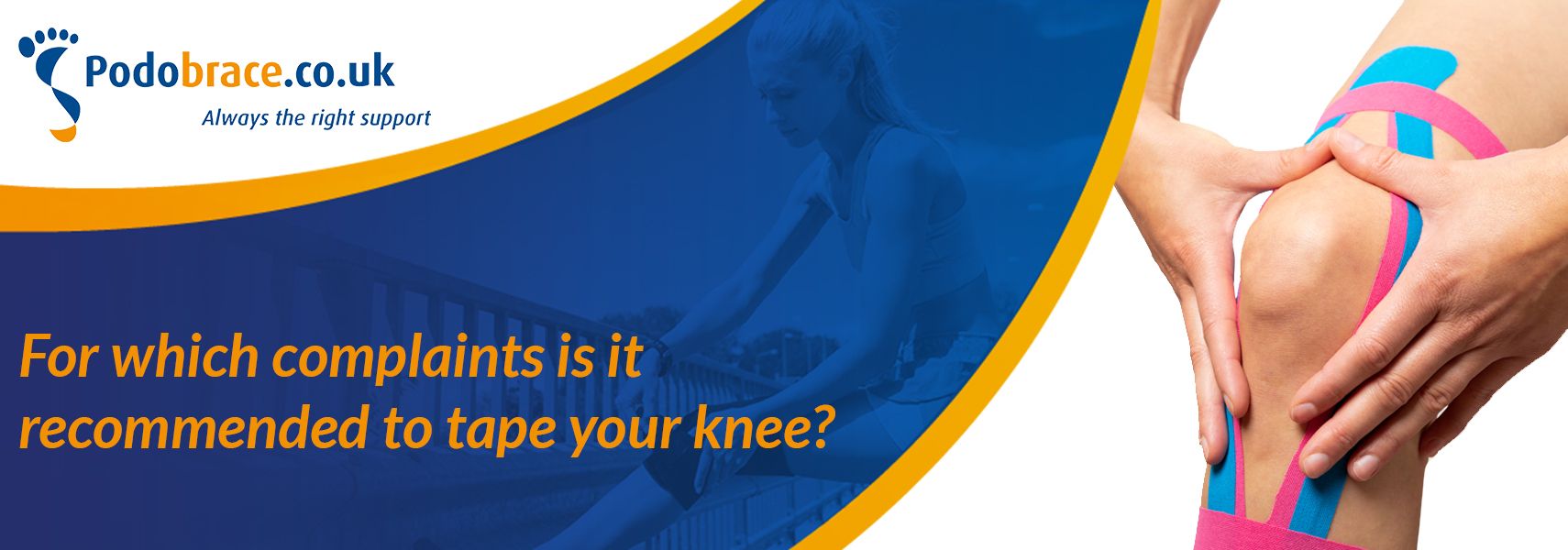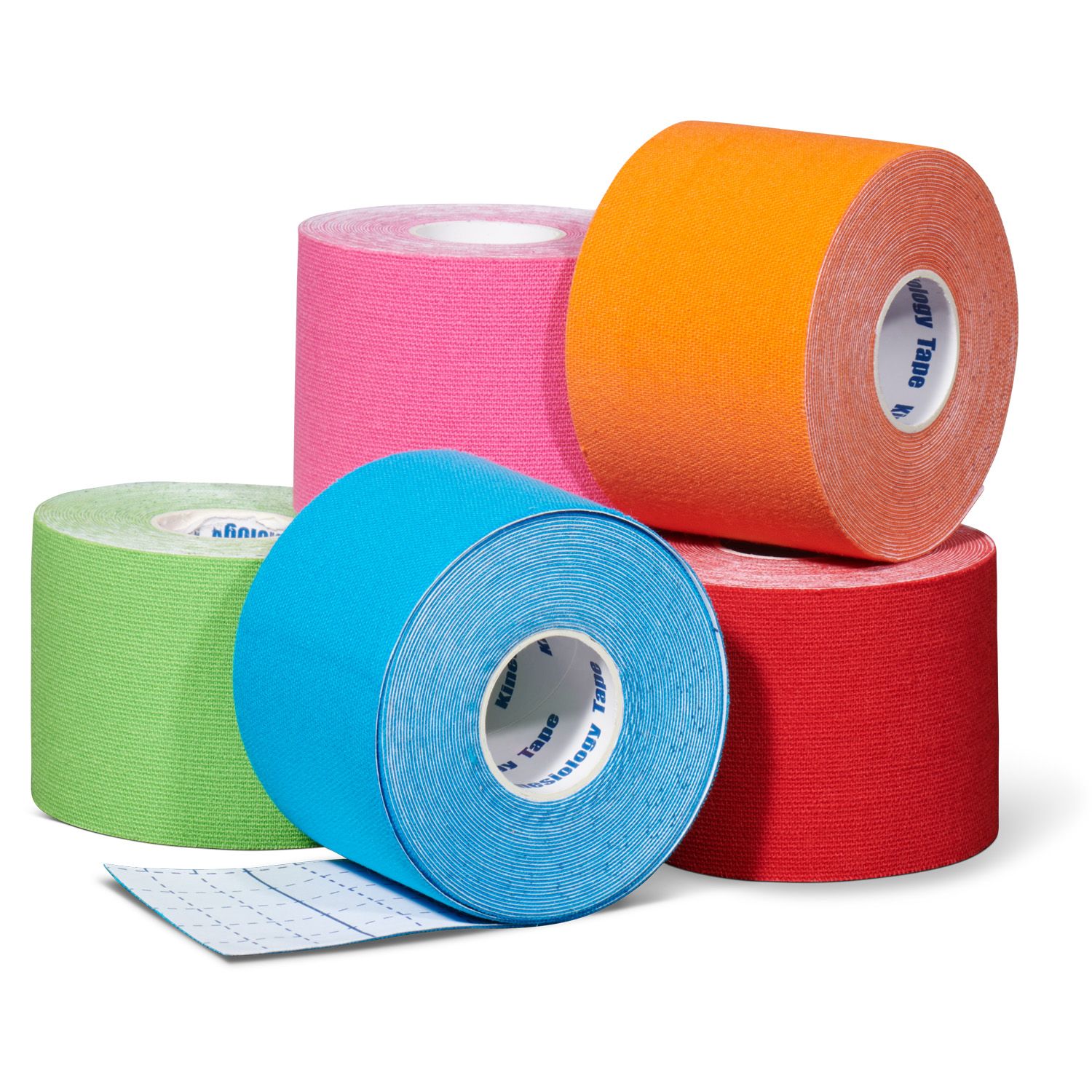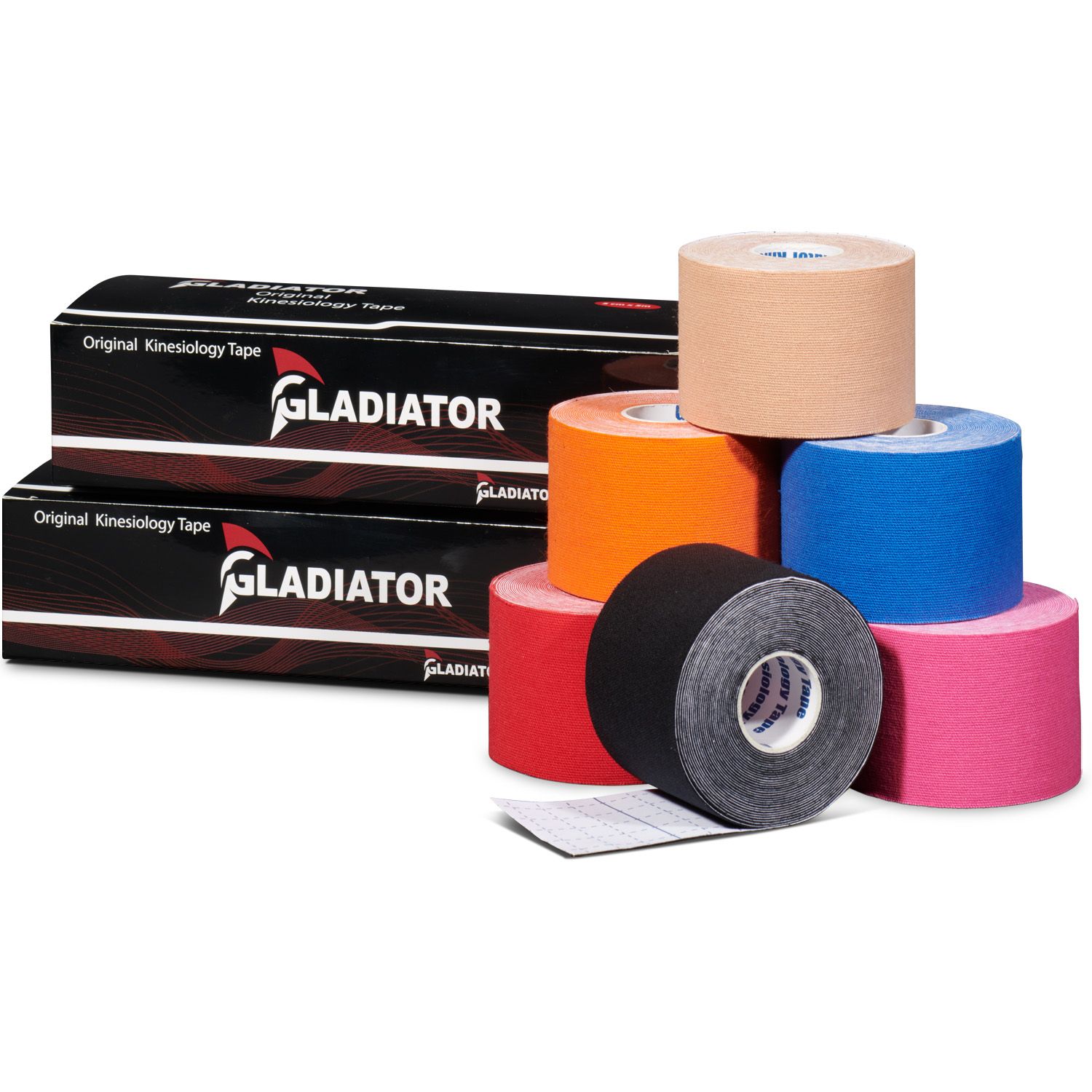Knee injuries are in the top 5 of common physiotherapy complaints. In some cases, there may be an acute complaint due to an injury or trauma, but often there is wear and tear due to chronic complaints. Taping the knee, also known as medical taping, is an extremely effective method for reducing pain in the knee, but it can also be applied preventatively to prevent knee problems.
Kinds of knee complaints
There are various types of knee problems for which taping the knee is advisable to promote faster recovery:
Pain in the kneecap
Overuse and/or joint injuries can damage the cartilage below the kneecap. This causes the pain around your kneecap to gradually increase and movement to become more difficult. The following activities can aggravate the symptoms: cycling, running and squatting.
Theatre knee
When the layer of cartilage at the back of the kneecap deteriorates, this is called a theatre knee. This can be caused by prolonged sitting with a bent knee or, on the contrary, by intensive sporting activity on a hard surface. This is often caused by deviations in the position of the knee or by a disturbed functioning of the muscles.
Runner's knee
Runner's knee is an overuse injury to the outside of the knee. Runner's knee can occur during running, both in novice and experienced runners. Mild symptoms may occur on the lateral side of the knee and may worsen and spread to the lower leg.
Knee osteoarthritis, instability and ligament injuries
Wear and tear in the knee is one of the most common forms of osteoarthritis. The cartilage is affected, as a result of which the bones no longer slide over each other smoothly and without pain. This can occur gradually from a certain age, but also through a fracture, ligament damage or a tear in the meniscus. Taping the knee provides greater stability and cushions the pain in the knee








